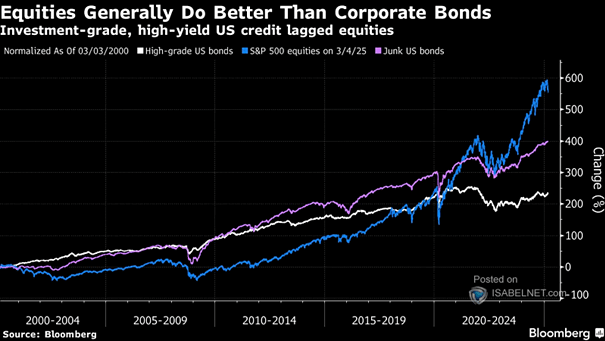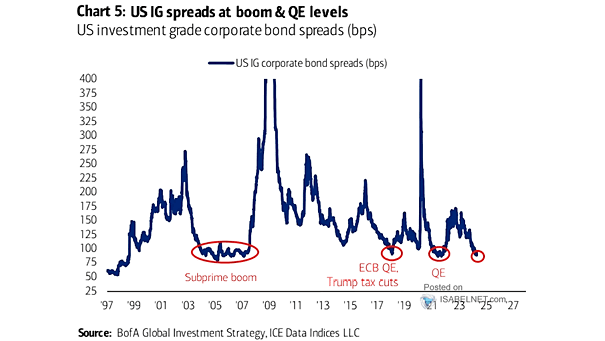S&P 500 vs. High-Grade U.S. Bonds vs. Junk U.S. Bonds
S&P 500 vs. High-Grade U.S. Bonds vs. Junk U.S. Bonds While U.S. stocks generally have higher long-term returns, the current economic climate may favor junk U.S. bonds as a more stable investment option amidst fears of an equity downturn. Image: Bloomberg


